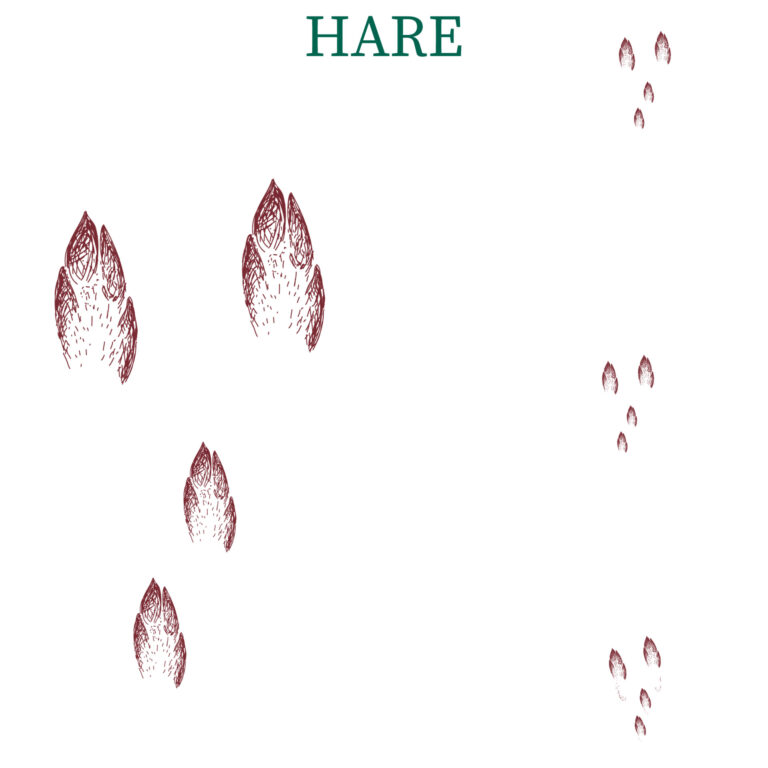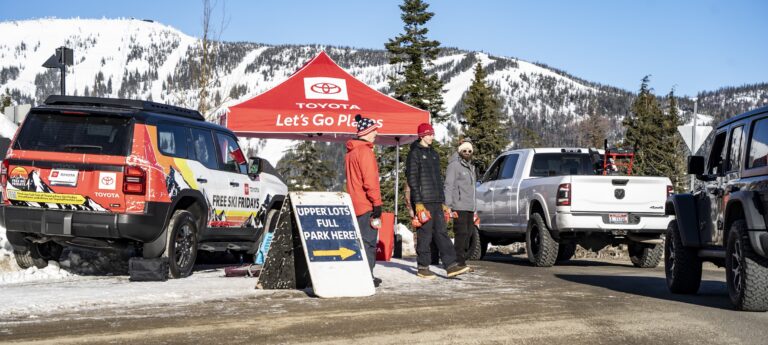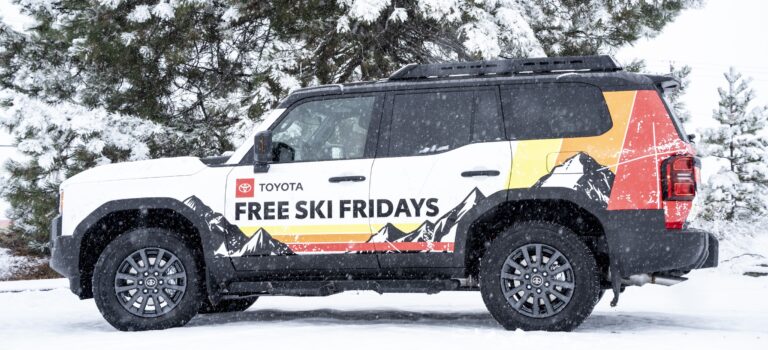I thought they were a gimmick. They seemed unnecessary, like those dispensers in the front of grocery stores where you deposit a quarter, turn the handle, and retrieve a little plastic globe filled with three pieces of candy. I suspected that approach shoes took up space on the shelves as just one more thing to buy, and as one more way for companies to make a fortune on “outdoor lifestyle” apparel.
Approach shoes first shuffled into my life at Vantage, which is so overrun on weekends with Seattle climbers that it feels like the city’s largest outdoor gym. The approach to those crags is a few hundred feet and hardly requires specialized footwear.
These shoes also seemed like the kind of thing outdoor companies try to sell a gal so that she feels totally kitted out and invincible. But as a recreational climber, my performance did not demand the most technically advanced equipment, and my gear stash was already trending toward eye rolling territory. I was becoming a diva of sorts when it came to mountain footwear; my quiver included hiking boots, mountaineering boots, climbing shoes, and trail runners. Would one more footwear option really help this climber summit the next mountain?
I finally tried them out because I can’t resist a deal. On my quarterly visit to Mountain Gear to scrounge around in the sale racks, I found an ugly pair of green approach shoes that seemed burlier than the street shoe-like versions I had seen at local crags. They were super lightweight with rugged and grippy soles for scrambling long hours over rocky ridges; the high tops offered good ankle support for uneven, root-bound trails; the leather was truly waterproof and, when paired with gaiters, aided in creek crossings by keeping everything below the knee bone dry. They were approach shoes, yes, but they were also the footwear version of all-terrain tires.
Ultimately, those shoes provided stability and confidence as I stitched together all my alpine skills for bigger ascents. From established trails to where the trail wears thin; from the first plunge off trail into the dense brush to where the tree line ends; from clawing over a jungle of Manzanita on a slope to gaining the summit ridge—these shoes helped me do it all. They delivered me to the final portions of climbs, the point where it’s time to give the howling dogs a quick break before switching over to climbing shoes for the final pitches of technical climbing. As a sturdy company on hundreds of alpine miles, these shoes went from being frivolous to being an essential. They equipped me for the scrappy, bug-infused, hard work of traveling off trail, and traveling far.
I recently retired those ugly green shoes; the rubber wore off completely in the most impacted areas, and the tread is bald. I now wear them for dirty home improvement projects or while working in the garden. They smell like a wet dog lived in them for three years, which is kind of true. Like a lot of waterproof products, they don’t breathe well and make your feet sweat, but they were a steady companion on so many hard-earned miles.
No longer a skeptic, I’m already on to my next pair of approach shoes and excited to discover where we will journey next. //













